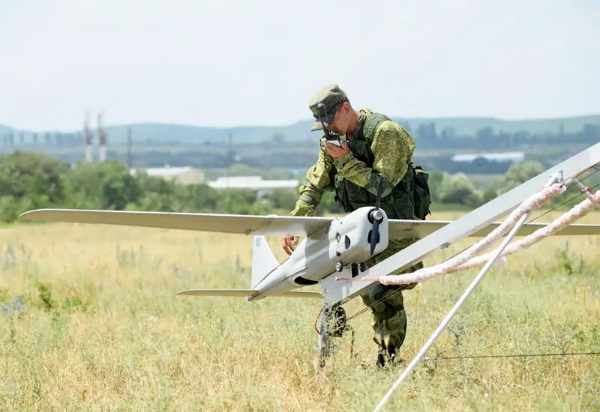Press reports in late October suggest that NATO is preparing to adopt a counter-drone doctrine in the near future – the Alliance’s first such policy.
NATO Defence Ministers meeting on 12 October discussed the next steps in operationalising NATO’s new defence plans, “including by assigning forces, developing new capabilities, and adjusting command and control,” according to the Alliance. In September, NATO’s Counter Unmanned Aircraft System Technical Interoperability Exercise (C-UAS TIE23) brought together military, scientific and industry specialists to test high-tech commercial C-UAS solutions. “Some 70 systems and technologies including sensors, effectors and jammers were tested live,” according to a NATO summary of the report. “The aim was to ensure that these high-tech solutions can connect instantly and operate together seamlessly.”
According to the Missile Defence Advocacy Alliance and multiple defence press reports, the promulgation of a doctrine by the Alliance would help to focus efforts on streamlining legislation, developing workable rules of engagement and bolster a process to harmonise technical and operational requirements that would enable industry to move next generation C-UAS technologies beyond the technology demonstrator stage and move further towards series production.
Defence media sources say an ambition to establish the doctrine by the end of the year has been mooted in NATO headquarters circles for some time. Tasking to create the document was apparently issued at the beginning of this year and Unmanned Airspace understands the intention is to capitalise work done several years ago in outlining general principles and to establish a true doctrine on which to base an effective C-UAS policy. An ultimate objective will be to advise member states on effective organisation and operation of counter-drone tactics in a variety of conflict and security scenarios.
For more information
NATO to adopt first-ever counter-drone doctrine for member nations
https://www.nato.int/cps/en/natohq/news_219120.htm
(Image: The NATO doctrine will help members states address the challenge of countering large numbers of low-speed, low-altitude small aerial targets – such as the Orlan-10 drone being used extensively in Ukraine. Credit: Russian MoD)




